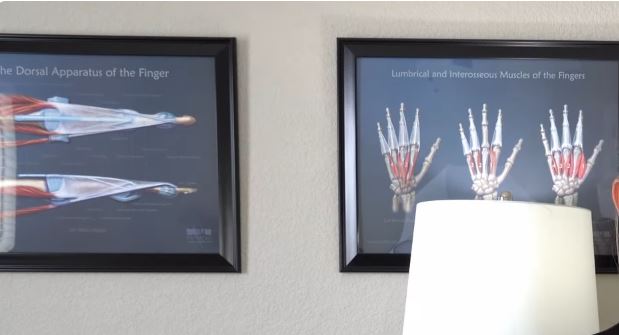
Surgery is a long-awaited turning point for anyone who has suffered from the chronic pain, numbness, and weakness brought on by carpal tunnel syndrome. However, the actual journey starts after the operation, even though the procedure itself is an important step. For relief to be long-lasting rather than merely momentary, proper recovery is necessary.
Knowing what to anticipate after surgery can significantly impact your recuperation. You can speed up your recuperation, regain your hand strength, and resume your regular activities sooner than you might think if you have the correct information and strategy.
The Recovery Timeline: What to Expect Week by Week
| Phase | Timeframe | Key Recovery Milestones |
|---|---|---|
| Immediate Post-Surgery | Days 1-14 | Swelling, mild pain, and stiffness are normal. Keep the wrist elevated, wear a splint, and avoid unnecessary movement. |
| Early Recovery | 2-6 weeks | Stitches are removed, light hand movements begin. Daily activities can be resumed gradually. |
| Intermediate Recovery | 6-12 weeks | Strength and flexibility improve with hand therapy. Moderate activities can be introduced. |
| Full Recovery | 3-6 months | Grip strength returns, and most patients regain full function. In some cases, nerve healing may take up to a year. |
How to Make Sure Your Recovery Is Easy
Observe medical advice religiously.
The advice given by your surgeon is not merely suggestions; it is the road map for a speedy recovery. Preventing complications requires keeping your hand elevated, avoiding strain, and wearing a splint.
Effectively Handle Pain and Swelling
Although pain and discomfort are a natural part of the healing process, they can be greatly improved with the right care. Commonly advised are over-the-counter pain relievers such as acetaminophen or ibuprofen. Swelling can be managed by applying ice packs for 10 to 20 minutes at regular intervals.
Continue to Move Your Hand, But Gently
Complete immobility can cause stiffness and slow the healing process. Light stretching and light finger movements can improve circulation and avoid stiffness, but heavy lifting is not an option.
Steer clear of strenuous or repetitive activities.
Healing can be slowed by lifting groceries, typing for extended periods of time, or using forceful wrist motions too soon. The majority of surgeons advise avoiding heavy hand labor for at least six weeks, or longer if the job requires a lot of physical labor.
Accept Rehabilitation and Hand Therapy
One of the most strikingly successful methods for regaining strength is structured physical therapy. Without putting undue strain on the healing tissues, a hand therapist can create specific exercises that improve grip strength, flexibility, and dexterity.
Open vs. Endoscopic Surgery: How Recovery Differs
| Surgery Type | Healing Time | Recovery Insights |
|---|---|---|
| Open Carpal Tunnel Release | 6-12 weeks | Involves a larger incision, slightly longer healing time, but offers a lower recurrence rate. |
| Endoscopic Carpal Tunnel Release | 4-8 weeks | Smaller incisions result in faster recovery but may carry a slightly higher risk of needing additional treatment. |
Warning Signs: When to Contact Your Doctor
While most recoveries follow a smooth trajectory, it’s essential to watch for signs that may indicate a problem. Call your doctor if you experience:
- Severe pain that worsens instead of improving
- Redness, warmth, or swelling around the incision site
- Unusual discharge or a fever
- Persistent numbness or weakness in the fingers
Ignoring these symptoms could result in prolonged healing or more severe complications, making early intervention crucial.
Returning to Work: When Is the Right Time?
| Job Type | Estimated Time Off |
|---|---|
| Office Work (Typing, Customer Service) | 1-2 weeks |
| Retail, Light Lifting, Hospitality | 4-6 weeks |
| Construction, Heavy Labor, Factory Work | 8-12 weeks |
Jobs requiring repetitive hand motions or heavy lifting will demand longer recovery periods.
The Path to a Future Free of Pain
Regaining full hand function is the goal of recovering from carpal tunnel surgery, not just getting back to normal. The long-term advantages are indisputable, even though healing takes time. Most patients witness a significant improvement in function and quality of life by adhering to proper post-operative care, committing to therapy, and making the required adjustments.
This surgery may be the first step toward long-lasting relief if carpal tunnel syndrome has interfered with your ability to work, carry out daily duties, or just enjoy life. You can look forward to a time when weakness, numbness, and pain won’t hold you back with the correct rehabilitation, patience, and care.
